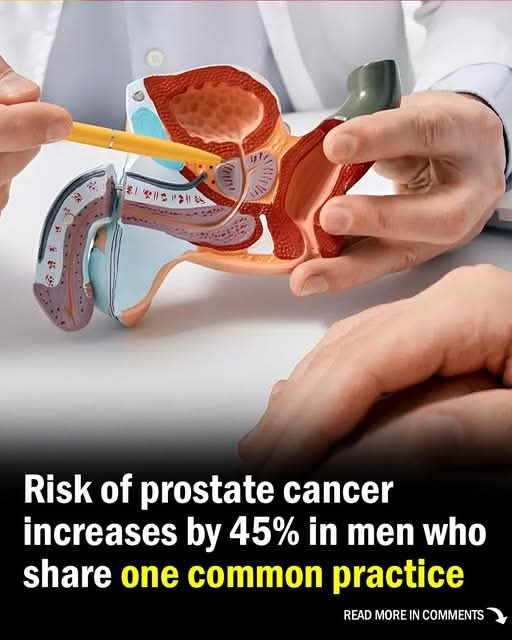Prostate cancer is a major health concern for men, affecting roughly one in eight during their lifetime. It ranks as the second most common cause of cancer-related deaths among males, surpassed only by lung cancer.
While certain risk factors such as age, race, and family history are beyond anyone’s control, lifestyle decisions can influence how likely a man is to develop the disease. Diet, exercise, smoking habits, and body weight all play a role in either lowering or raising risk levels.
Still, no matter how healthy a lifestyle may be, the single most effective strategy for improving outcomes is early detection through regular screenings, especially the prostate-specific antigen (PSA) blood test. Research shows that skipping PSA screenings can raise the risk of dying from prostate cancer by as much as 45%.
This finding has been confirmed by several studies, including the extensive European ERSPC trial, which followed participants for years to measure long-term effects.
The dangers of neglecting screening were also highlighted in a large study from the Netherlands. Researchers tracked more than 72,000 men and found that those who skipped every scheduled check-up were much more likely to die of prostate cancer than those who participated. The study’s lead investigator coined the term “care avoiders” to describe these men. They were not only missing screenings but also tended to make poorer lifestyle choices overall, such as smoking, drinking excessively, or failing to exercise. This link suggests that avoidance of medical care may be part of a broader pattern of neglecting one’s health. Understanding the motivations and attitudes behind this avoidance is critical. If public health campaigns can address these concerns directly, more men may be encouraged to attend regular screenings.
One of the strongest deterrents to prostate cancer screening is the belief that the tests are unpleasant or embarrassing. For many years, the standard method was the digital rectal exam, which required a doctor to physically examine the prostate. This procedure often caused anxiety, discomfort, or embarrassment, deterring men from attending screenings. However, modern practice has shifted toward the PSA blood test as the primary tool. Unlike the older method, the PSA test requires nothing more than a simple blood draw, making it quick, minimally invasive, and easy to incorporate into routine check-ups. By highlighting the simplicity of today’s screening process, doctors and health educators can reduce the stigma and fear that still linger in men’s minds.
Beyond the PSA test, medical technology has advanced considerably, offering even more effective ways to catch prostate cancer early. Magnetic resonance imaging (MRI) scans and targeted biopsies now complement PSA testing, providing doctors with greater accuracy in diagnosis. These tools make it easier to distinguish between aggressive cancers that require immediate treatment and slower-growing tumors that may be safely monitored. As a result, men benefit not only from early detection but also from more personalized treatment strategies. Early intervention dramatically improves survival rates, turning what could be a deadly disease into one that can often be managed successfully.
The message is clear: prostate cancer screening saves lives. It no longer carries the discomfort or stigma of past decades, and the benefits far outweigh any temporary unease. By taking just a few minutes once a year for a PSA blood test, men can secure peace of mind and ensure that, if cancer is present, it is caught early enough for treatment to be highly effective. On the other hand, neglecting screenings exposes men to a substantially higher risk—one that may ultimately prove fatal. For health-conscious men, making prostate cancer screening a regular priority is not just a medical recommendation but a vital step in protecting their future.















Leave a Reply